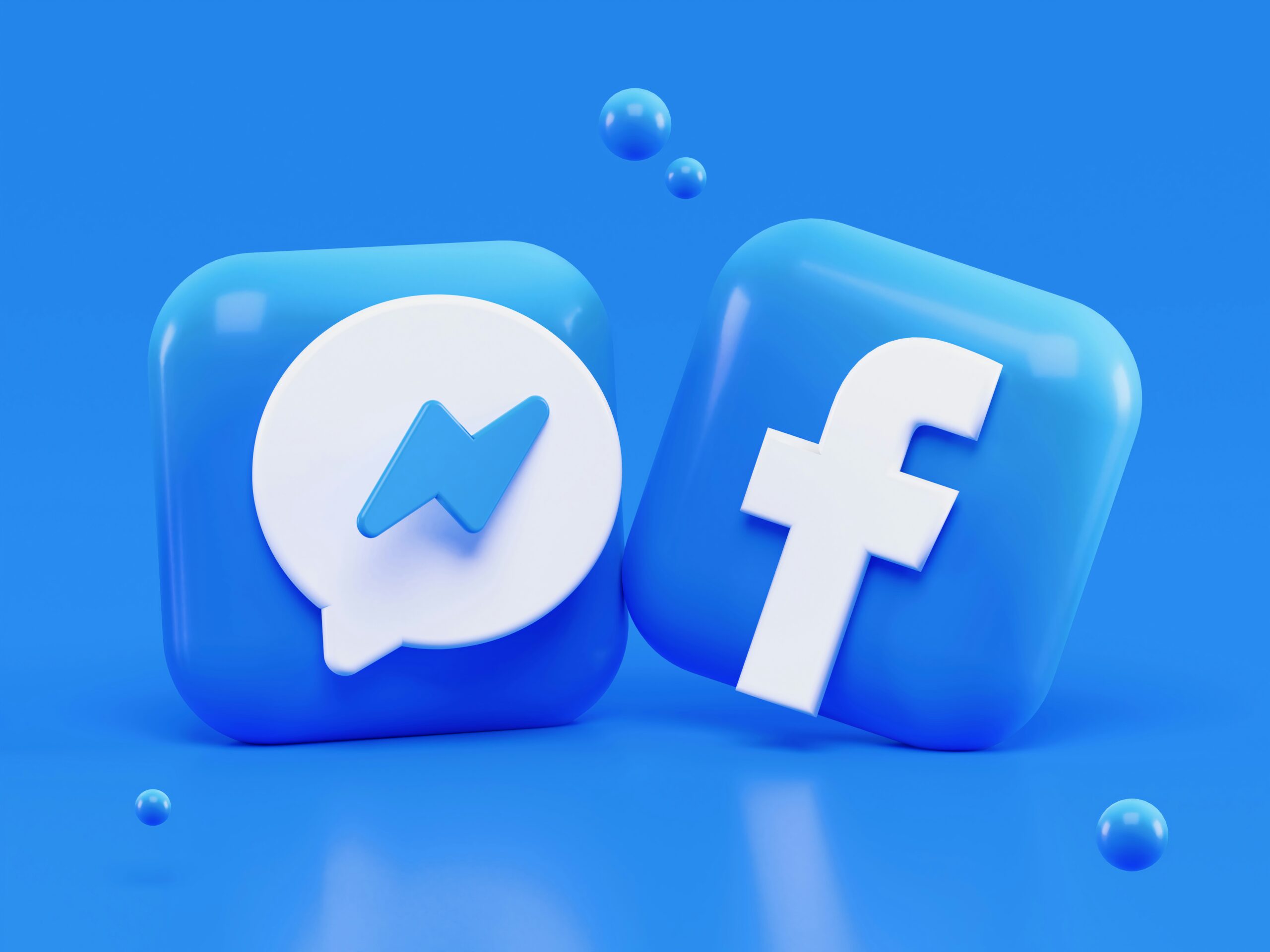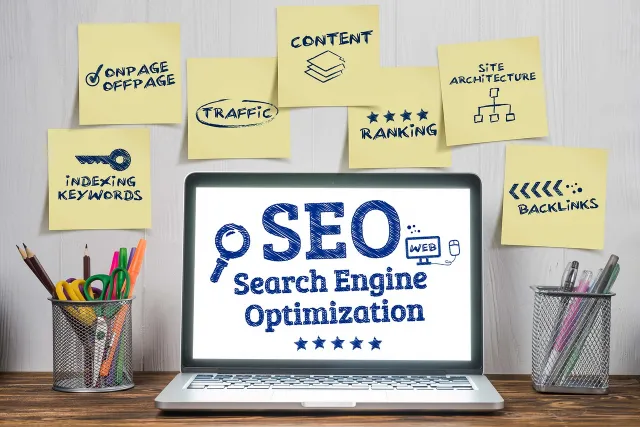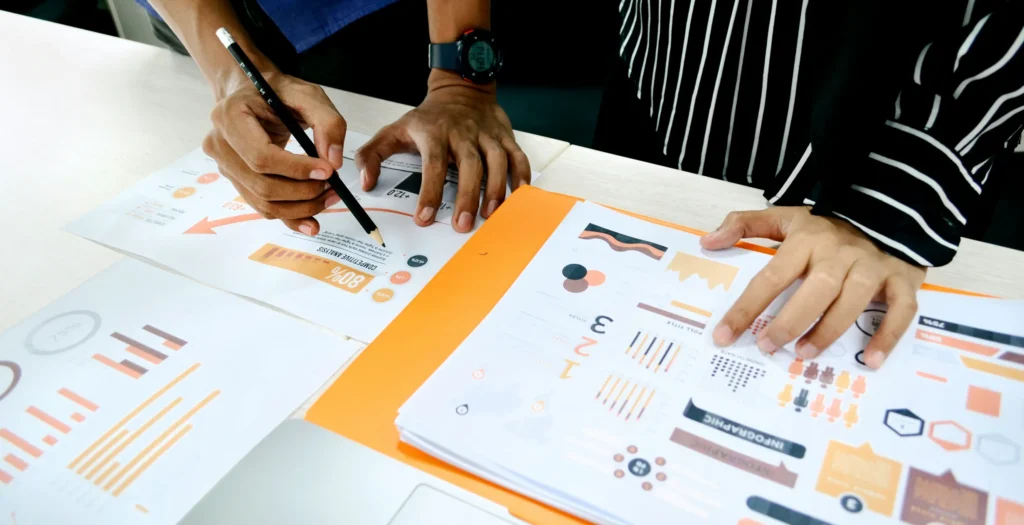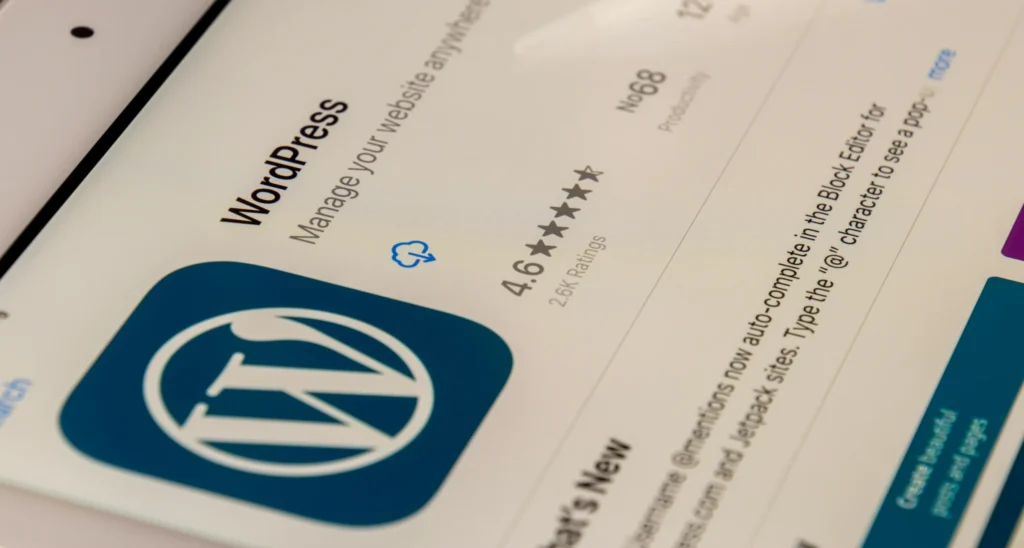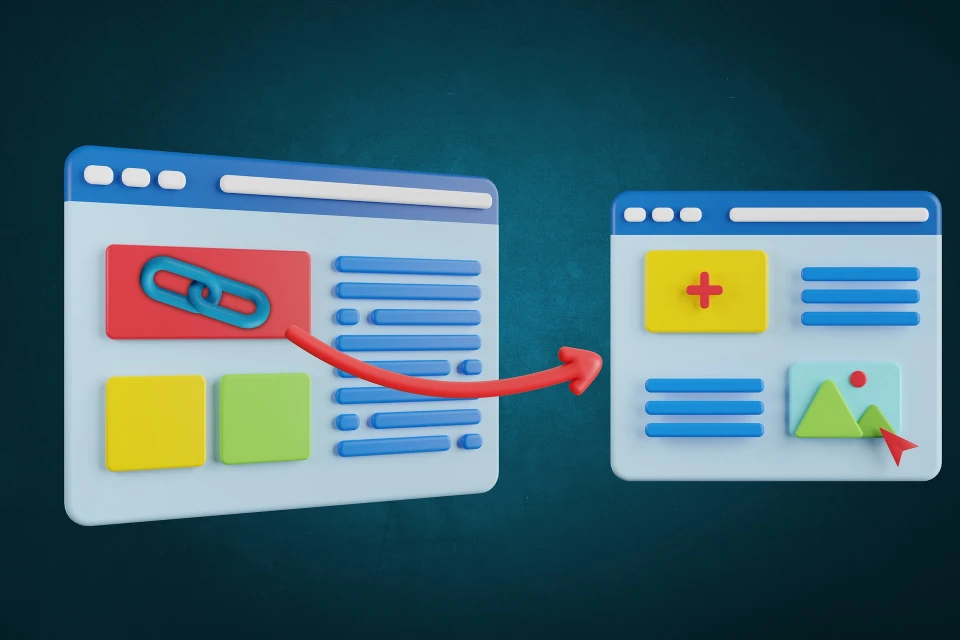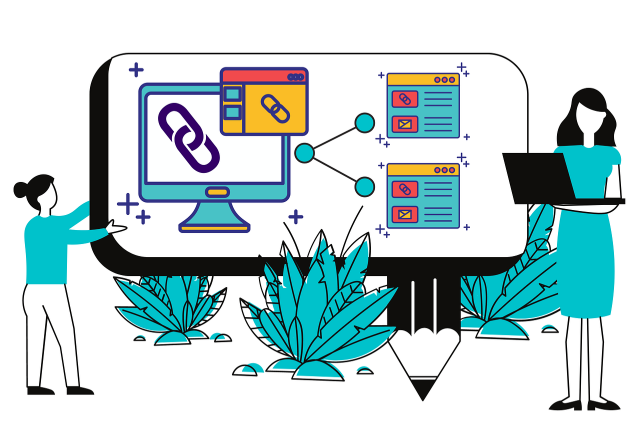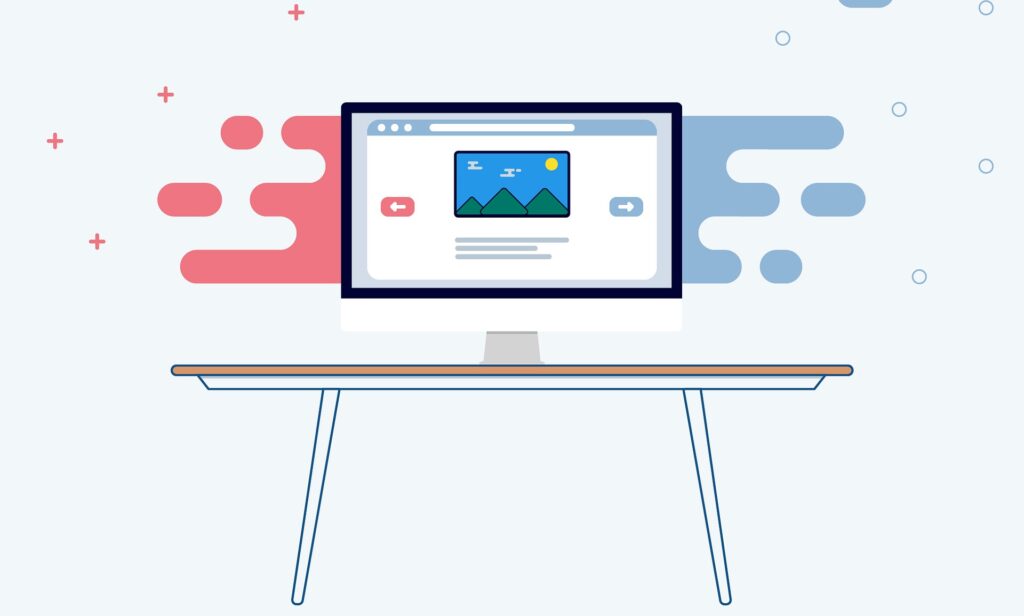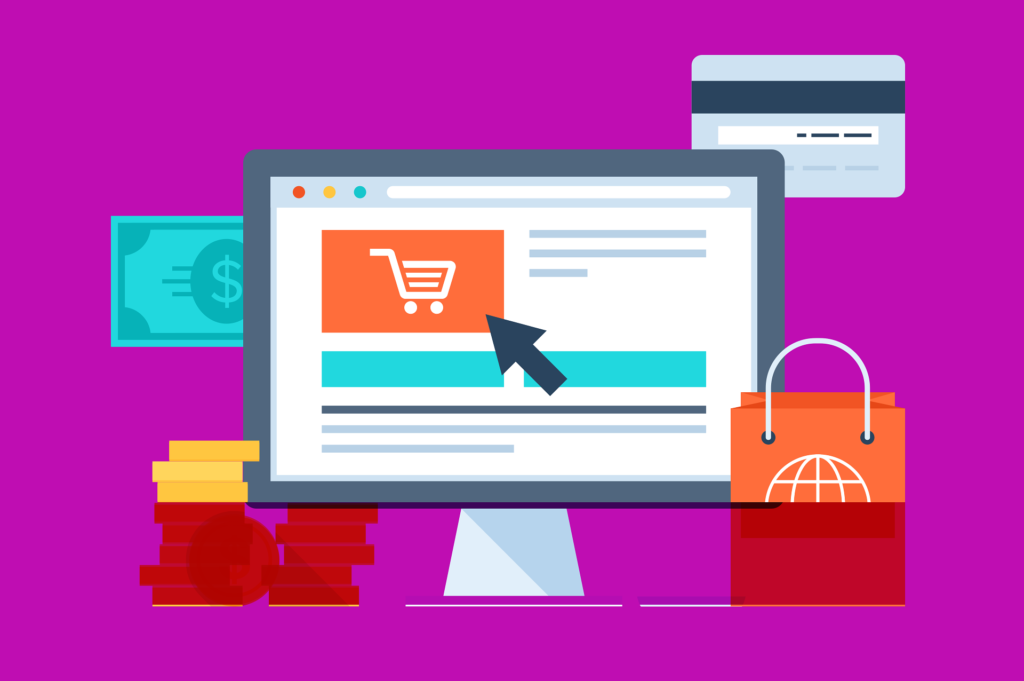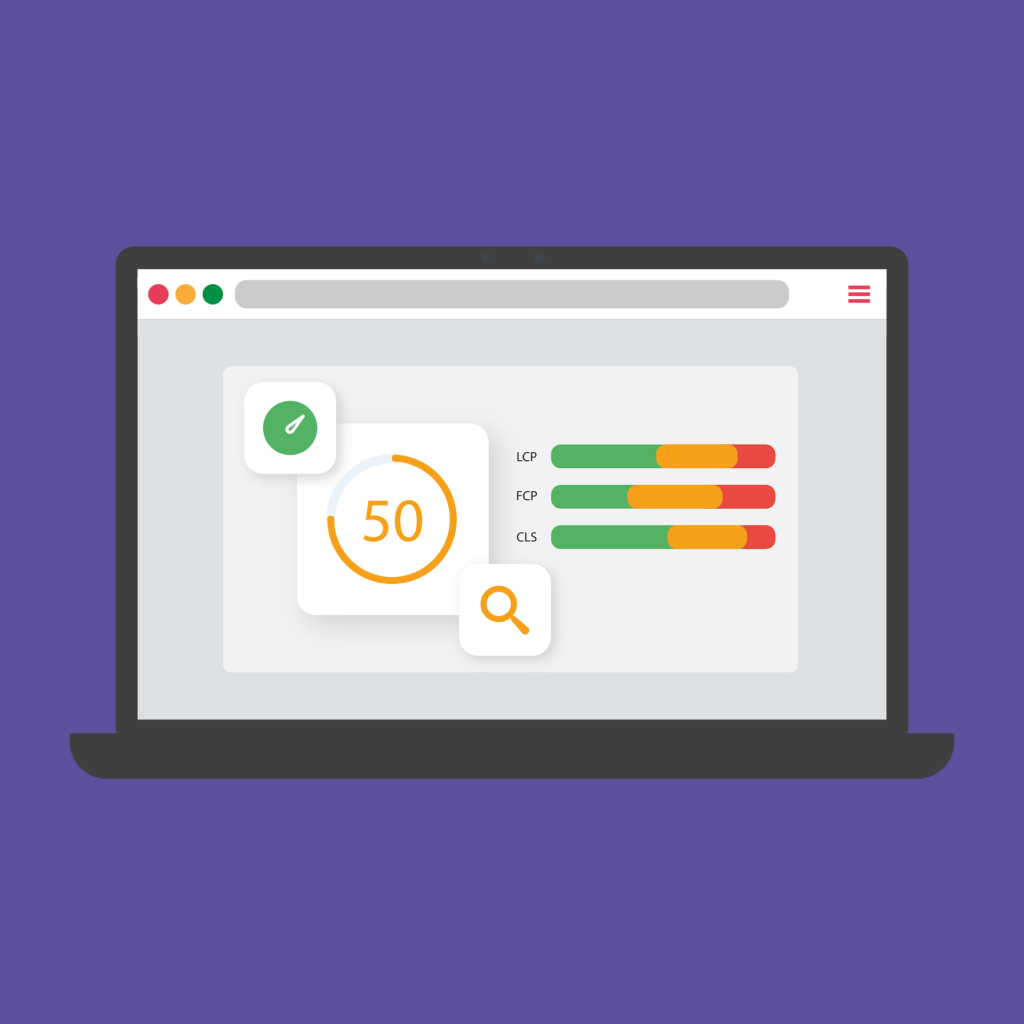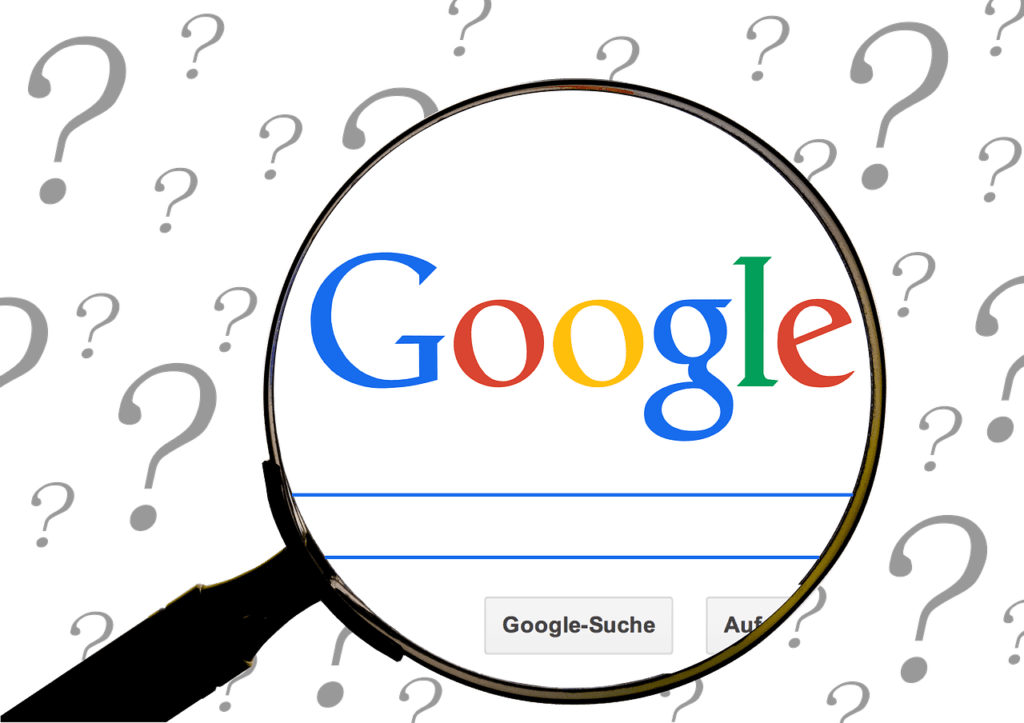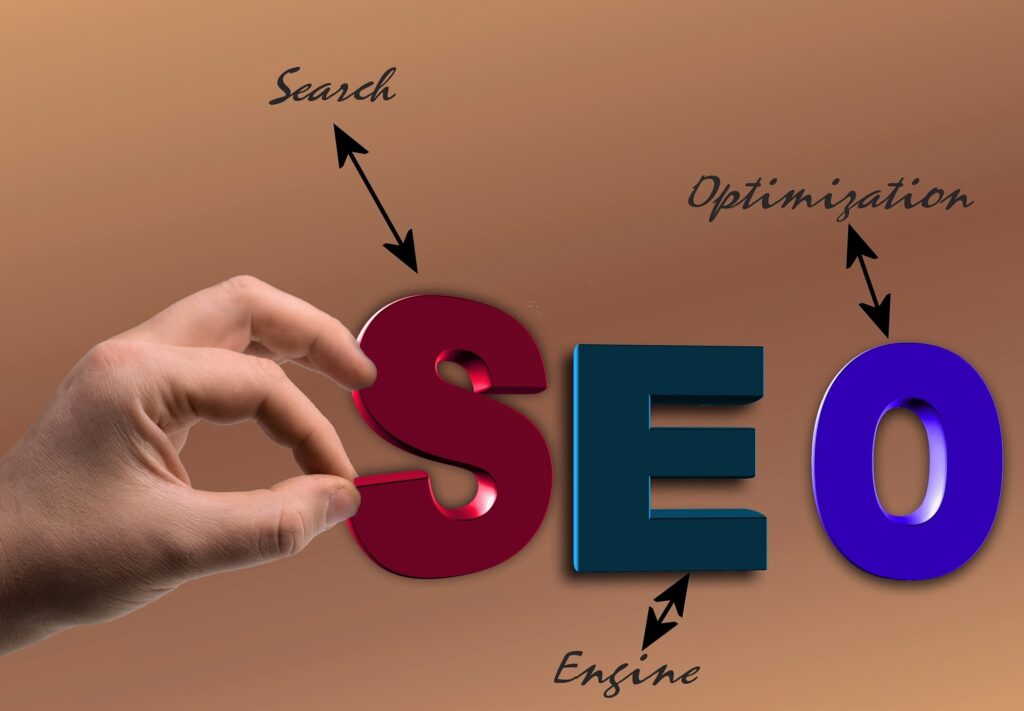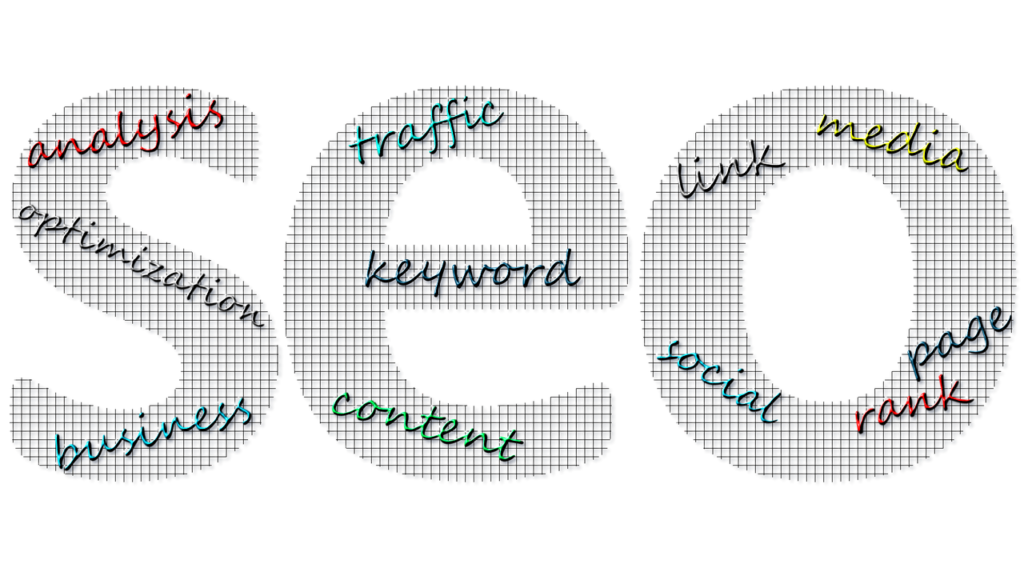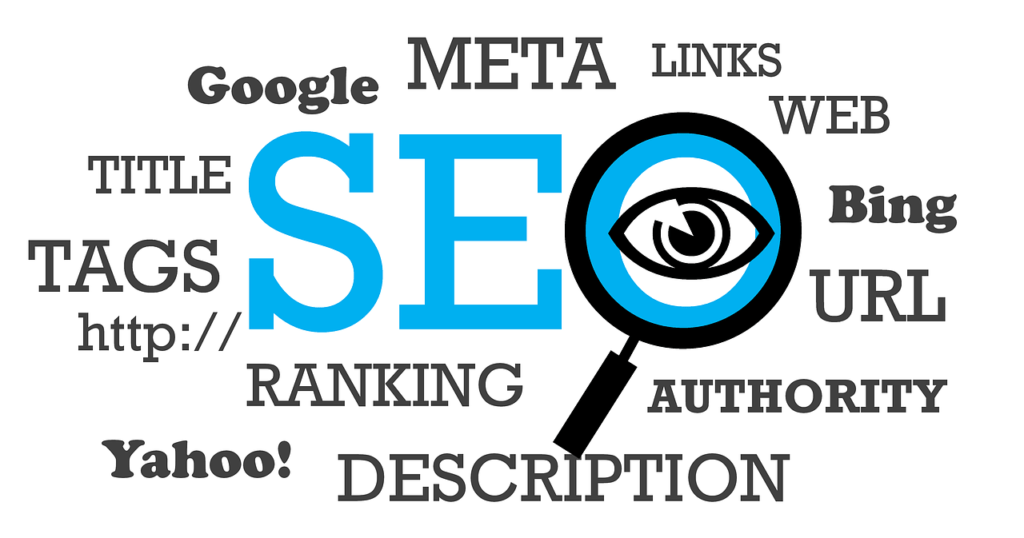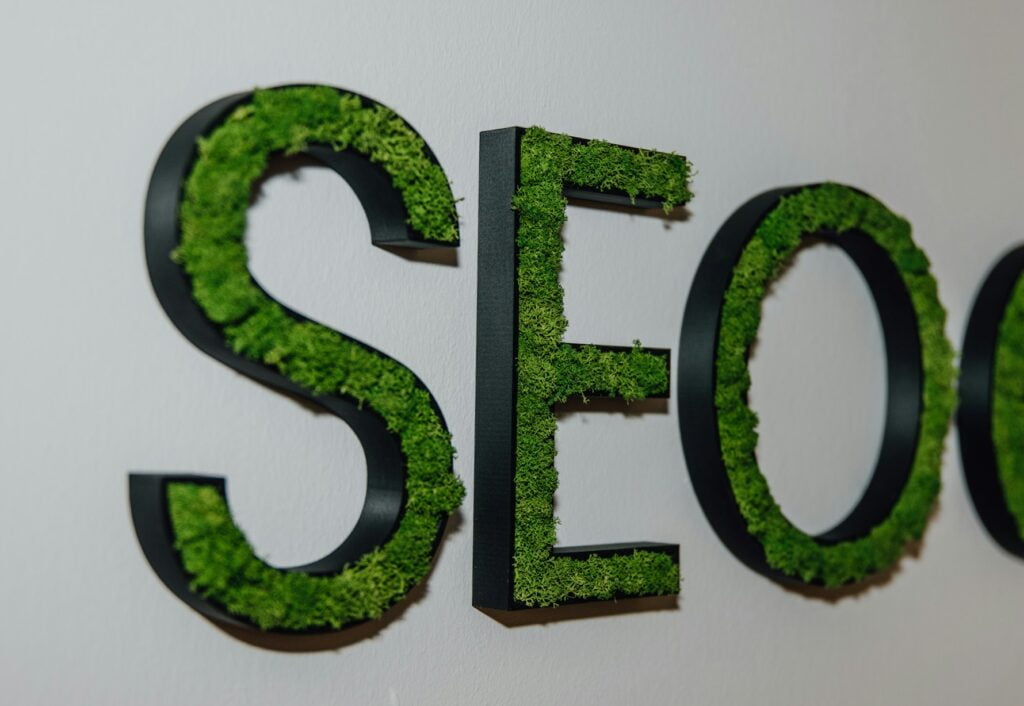What worked with Facebook ads 3 years ago doesn’t work today. As I was auditing an ad account this month, the setup looked very familiar. I thought, “This is exactly how I ran ads 3 to 4 years ago,” but this strategy isn’t what gets the best results today. The platforms and algorithms have evolved, and consumer behavior has changed with the rise of TikTok and YouTube Shorts. Today, the strategies that work best have changed too. Today, I will give you a peek behind the curtain, not only into what’s working on Facebook ads but, more importantly, what’s driving maximum ROI for businesses.
Broad Targeting Facebook Ads: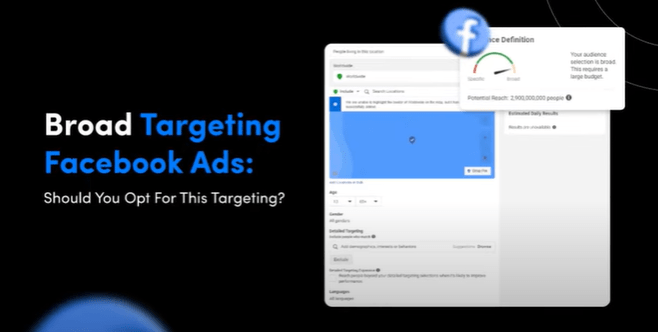
Utilize broad targeting but niche creative. The Facebook algorithm does the best targeting. Three years ago, I’d spend hours doing interest research and thousands of dollars testing to find the best audiences. Today, I utilize broad targeting—country plus gender plus age—and shift my time and energy into creative and messaging to isolate different market segments. In a recent test, broad targeting produced 30% cheaper leads for one client compared to interest targeting. I recommend testing broad targeting next if you’re still using interests or lookalikes.
Scale Ad Spend Through Creative Diversification: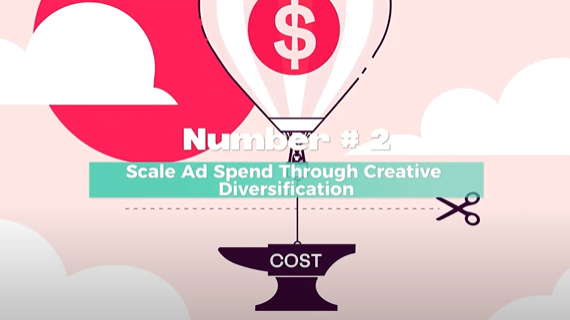
Scale ad spend through creative diversification. The most effective and efficient way to scale ad spend is through creative. Three years ago, I would scale accounts through audience testing and duplication of winners. Today, this is punished by the platforms, resulting in overlap, competing with yourself in the auction, and ads quickly dying because you only have one concept running. It’s not sustainable or predictable. This week, I tripled a client’s ad spend, taking them from $400 a day to $1,600 a day without duplicating a single ad. The result was a 300% increase in ad spend while maintaining stable performance. I prefer to scale through creative diversification. This better leverages the Facebook algorithm and recommendations from our Facebook reps. This also provides you with tactical insights on top-performing concepts, angles, hooks, and the ability to contextually target unique market segments to capture more of your audience.
Test Facebook’s AI Features:
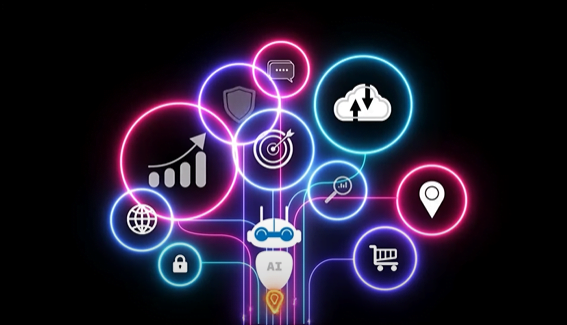 Facebook is trying to make your life easier—let it. They are investing millions of dollars into AI and machine learning and placing tools at your disposal to ease the workload of creating high-performing advertising campaigns. While not every feature and tool is going to be a winner, many are, and they are constantly evolving and improving.
Facebook is trying to make your life easier—let it. They are investing millions of dollars into AI and machine learning and placing tools at your disposal to ease the workload of creating high-performing advertising campaigns. While not every feature and tool is going to be a winner, many are, and they are constantly evolving and improving.
Understand How Brand Size Impacts Performance:
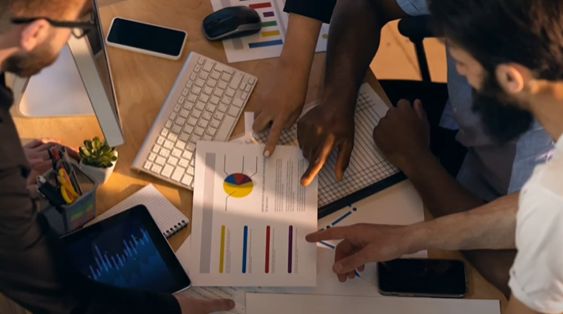 According to Data2Decisions, brand size is the number one profit multiplier. After managing $1,000,000 in paid advertising, I’ve witnessed the direct halo effect of brand on paid advertising performance. As the size of the brand grows, it acts as a profit multiplier. You may have witnessed this in action when famous people can run ads or sell products with subpar marketing and see superior results, whereas someone new with no audience or following wouldn’t achieve the same result. Investing in brand will positively impact your paid advertising in the long run.
According to Data2Decisions, brand size is the number one profit multiplier. After managing $1,000,000 in paid advertising, I’ve witnessed the direct halo effect of brand on paid advertising performance. As the size of the brand grows, it acts as a profit multiplier. You may have witnessed this in action when famous people can run ads or sell products with subpar marketing and see superior results, whereas someone new with no audience or following wouldn’t achieve the same result. Investing in brand will positively impact your paid advertising in the long run.
Utilize MER When Running Multiple Platforms:
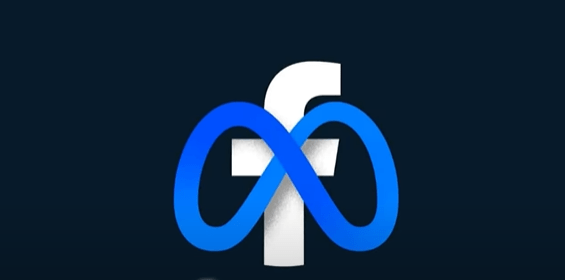 Measurement needs to be reassessed as the advertising strategy matures. When you’re only running ads on Facebook and Instagram, tracking and reporting are simpler. As soon as you add additional platforms such as Google, YouTube, TikTok, etc., how you measure effectiveness needs to change. You can no longer assess each platform in isolation from the others. All advertising works together synergistically, and viewing them independently leads to inefficiencies and potentially incorrect allocations. When you add platforms, shift to viewing overall performance so you can see how platforms work together.
Measurement needs to be reassessed as the advertising strategy matures. When you’re only running ads on Facebook and Instagram, tracking and reporting are simpler. As soon as you add additional platforms such as Google, YouTube, TikTok, etc., how you measure effectiveness needs to change. You can no longer assess each platform in isolation from the others. All advertising works together synergistically, and viewing them independently leads to inefficiencies and potentially incorrect allocations. When you add platforms, shift to viewing overall performance so you can see how platforms work together.
Don’t Rely (Solely) On Facebook’s Reporting:
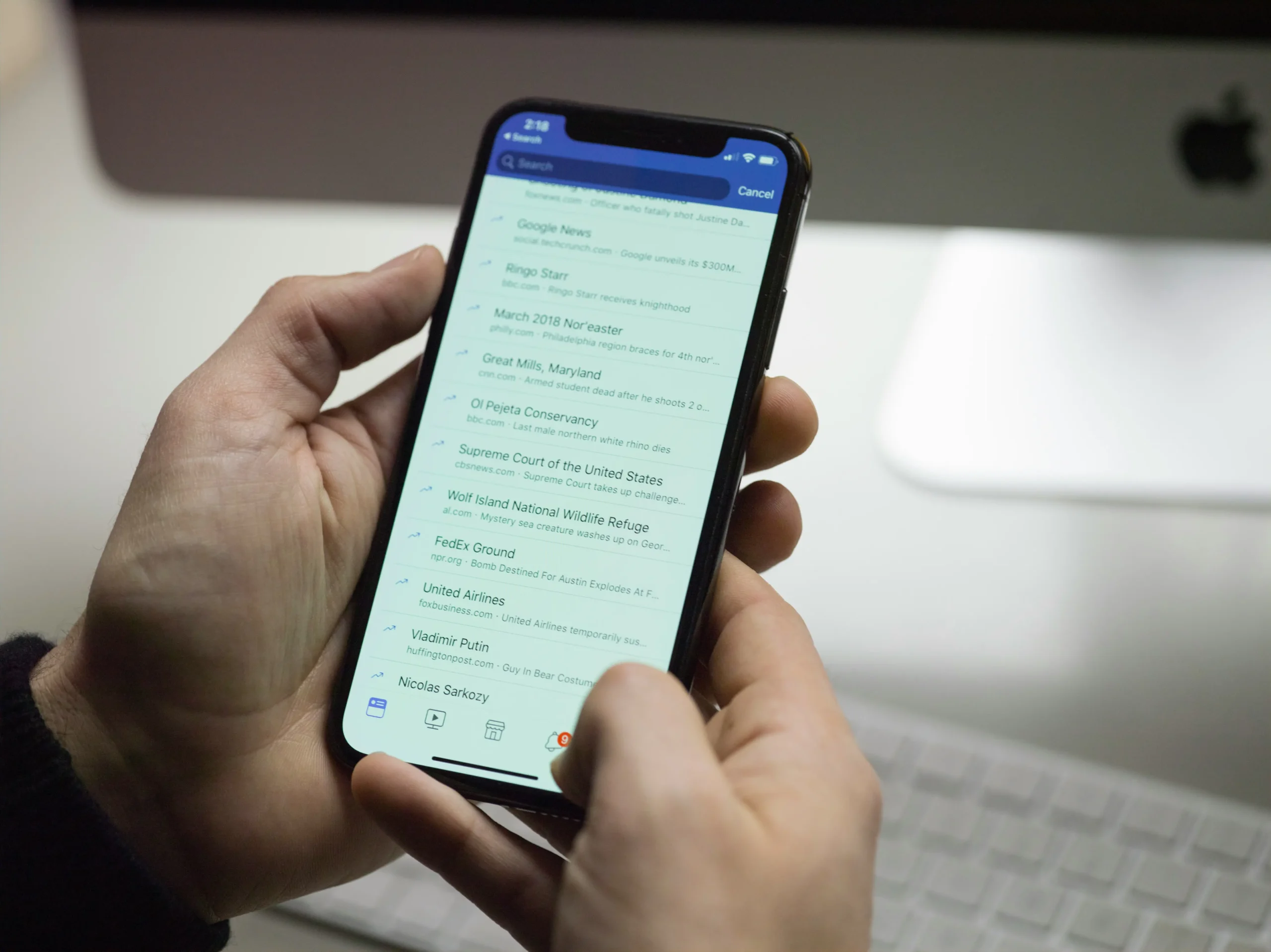 Facebook Ad Manager is not accurate in the privacy-first era. Accurate tracking and attributions are getting increasingly difficult. It all changed after iOS 14 and will continue to get harder. Meta acknowledges this and recommends triangulating your results with conversion lift studies and marketing mix modeling. In a report last week, Facebook overreported leads by 42% for one of my clients compared to their CRM data. If you’re just running ads on Facebook, I recommend tracking both Facebook and CRM data as your source of truth. If your business is mature, spending is high, you have long sales cycles, or you’re running multiple platforms, I recommend implementing third-party reporting such as Northbeam, Wicked Reports, or Triple Whale. There are many others that pull directly from your CRM, improving the accuracy of your reporting.
Facebook Ad Manager is not accurate in the privacy-first era. Accurate tracking and attributions are getting increasingly difficult. It all changed after iOS 14 and will continue to get harder. Meta acknowledges this and recommends triangulating your results with conversion lift studies and marketing mix modeling. In a report last week, Facebook overreported leads by 42% for one of my clients compared to their CRM data. If you’re just running ads on Facebook, I recommend tracking both Facebook and CRM data as your source of truth. If your business is mature, spending is high, you have long sales cycles, or you’re running multiple platforms, I recommend implementing third-party reporting such as Northbeam, Wicked Reports, or Triple Whale. There are many others that pull directly from your CRM, improving the accuracy of your reporting.
Restraint:
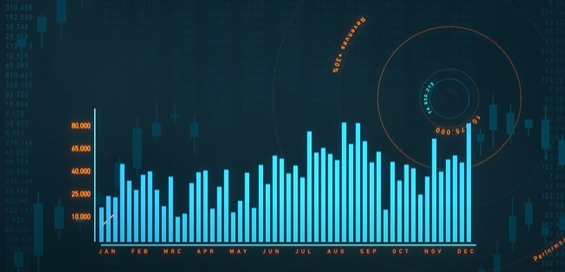 Not making changes is what I spend the most time doing. Restraint is an incredible skill to develop to maximize ROI in 2024. It’s very easy and rewarding to make changes, turn things on, turn things off, especially if the client or you is a little panicky about results. However, often the best optimization we can make is none at all. It takes time to develop the skill of knowing when to make changes. It’s a blend of art and science, a little intuition, and a strong will.
Not making changes is what I spend the most time doing. Restraint is an incredible skill to develop to maximize ROI in 2024. It’s very easy and rewarding to make changes, turn things on, turn things off, especially if the client or you is a little panicky about results. However, often the best optimization we can make is none at all. It takes time to develop the skill of knowing when to make changes. It’s a blend of art and science, a little intuition, and a strong will.
Bonus Offers:
 No post about maximizing ROI is complete without highlighting the importance of your offer and backend, so I’m including these as a bonus. When we say placing the right offer to the right person at the right time, your offer is one-third of it. In many cases, the way to improve performance is through the offer and how it’s positioned. Backend refers to everything after the click: your conversion rates, your average order value (AOV), lifetime value of a client (LTV), email sequences, etc. These have exponential effects on your performance. If you did nothing except improve your offer and increase your AOV or LTV, you will see immediate improvements. As you look to grow your business through paid advertising in 2024, let these tips be your guide to maximizing ROI.
No post about maximizing ROI is complete without highlighting the importance of your offer and backend, so I’m including these as a bonus. When we say placing the right offer to the right person at the right time, your offer is one-third of it. In many cases, the way to improve performance is through the offer and how it’s positioned. Backend refers to everything after the click: your conversion rates, your average order value (AOV), lifetime value of a client (LTV), email sequences, etc. These have exponential effects on your performance. If you did nothing except improve your offer and increase your AOV or LTV, you will see immediate improvements. As you look to grow your business through paid advertising in 2024, let these tips be your guide to maximizing ROI.
Three Key Facebook Ads Trends in 2024:
We know Facebook is one of the best advertising platforms available, so before we share some golden advice for creating high-performing Facebook ads in 2024, let’s take a look at three Facebook ad trends that will have a big impact on the social media marketing world.
Influencer Marketing:
 Influencer marketing will continue to evolve and expand. Influencer marketing has been hugely popular with social media advertisers for a long time, and it’s easy to see why. By partnering with the right influencer, you can instantly connect with a pre-built audience of highly engaged customers. Not only that, but you can also rapidly build authority and credibility for your products by creating high-quality, authentic content. That said, the top Facebook ad trend for 2024 is that influencer marketing will be adopted by many more Facebook advertisers, from punchy small businesses to global corporations. Why? Well, for one thing, influencer marketing is undeniably effective. 84% of global consumers say they’d purchase a product based on influencer content, while Facebook campaigns that combine regular ads and influencer ads are 85% more likely to drive users to add products to their shopping baskets.
Influencer marketing will continue to evolve and expand. Influencer marketing has been hugely popular with social media advertisers for a long time, and it’s easy to see why. By partnering with the right influencer, you can instantly connect with a pre-built audience of highly engaged customers. Not only that, but you can also rapidly build authority and credibility for your products by creating high-quality, authentic content. That said, the top Facebook ad trend for 2024 is that influencer marketing will be adopted by many more Facebook advertisers, from punchy small businesses to global corporations. Why? Well, for one thing, influencer marketing is undeniably effective. 84% of global consumers say they’d purchase a product based on influencer content, while Facebook campaigns that combine regular ads and influencer ads are 85% more likely to drive users to add products to their shopping baskets.
AI Marketing:
 AI-powered Facebook Messenger experiences will be adopted at scale. Artificial intelligence (AI) for marketing has been making waves in recent years. AI statistics show that over 80% of marketers and advertisers are already using AI tools. If you’re not incorporating AI into your Facebook strategy next year, you’re missing out on fantastic opportunities for customer engagement, chat support, and lead generation. In fact, chatbot statistics show that chatbots are equipped to handle 70% of customer conversations, and 55% of businesses generate more sales when they utilize chatbot solutions.
AI-powered Facebook Messenger experiences will be adopted at scale. Artificial intelligence (AI) for marketing has been making waves in recent years. AI statistics show that over 80% of marketers and advertisers are already using AI tools. If you’re not incorporating AI into your Facebook strategy next year, you’re missing out on fantastic opportunities for customer engagement, chat support, and lead generation. In fact, chatbot statistics show that chatbots are equipped to handle 70% of customer conversations, and 55% of businesses generate more sales when they utilize chatbot solutions.
E-commerce Will Integrate Even More Closely with Facebook and Instagram:
 Social media is no longer just about content and communication. Platforms like Facebook are a direct gateway to online shopping, which is a game changer for e-commerce brands. E-commerce features on Facebook have been rapidly evolving in recent years, from mobile-first Facebook shops to sales-focused Advantage+ campaigns. Online shopping is now central to the Facebook experience, and this trend will inevitably continue in 2024.
Social media is no longer just about content and communication. Platforms like Facebook are a direct gateway to online shopping, which is a game changer for e-commerce brands. E-commerce features on Facebook have been rapidly evolving in recent years, from mobile-first Facebook shops to sales-focused Advantage+ campaigns. Online shopping is now central to the Facebook experience, and this trend will inevitably continue in 2024.

